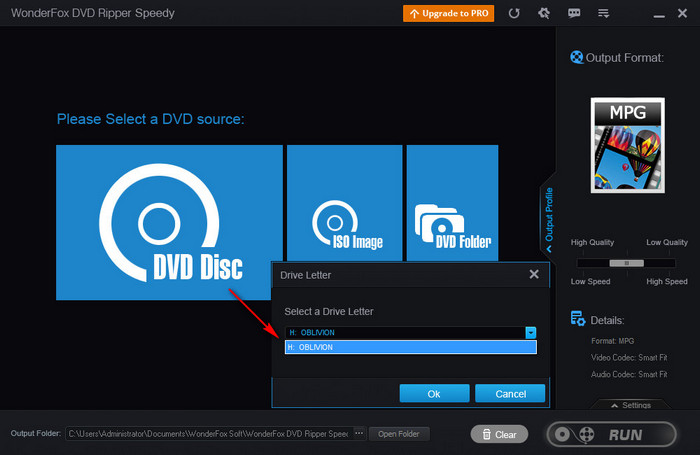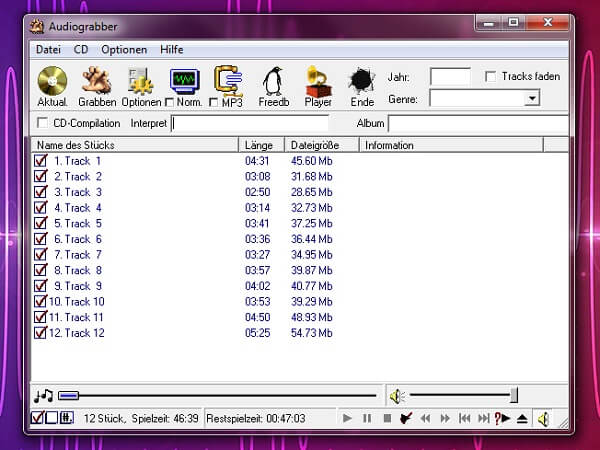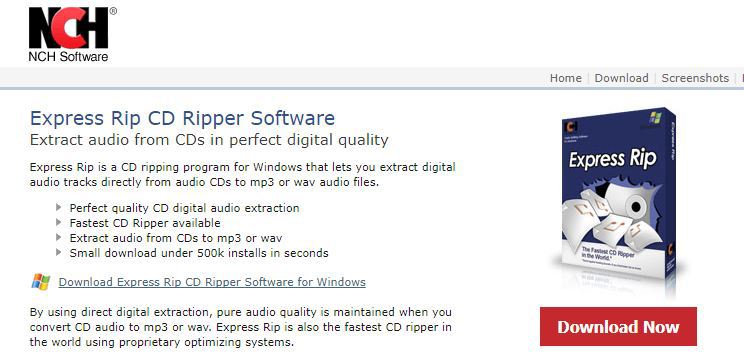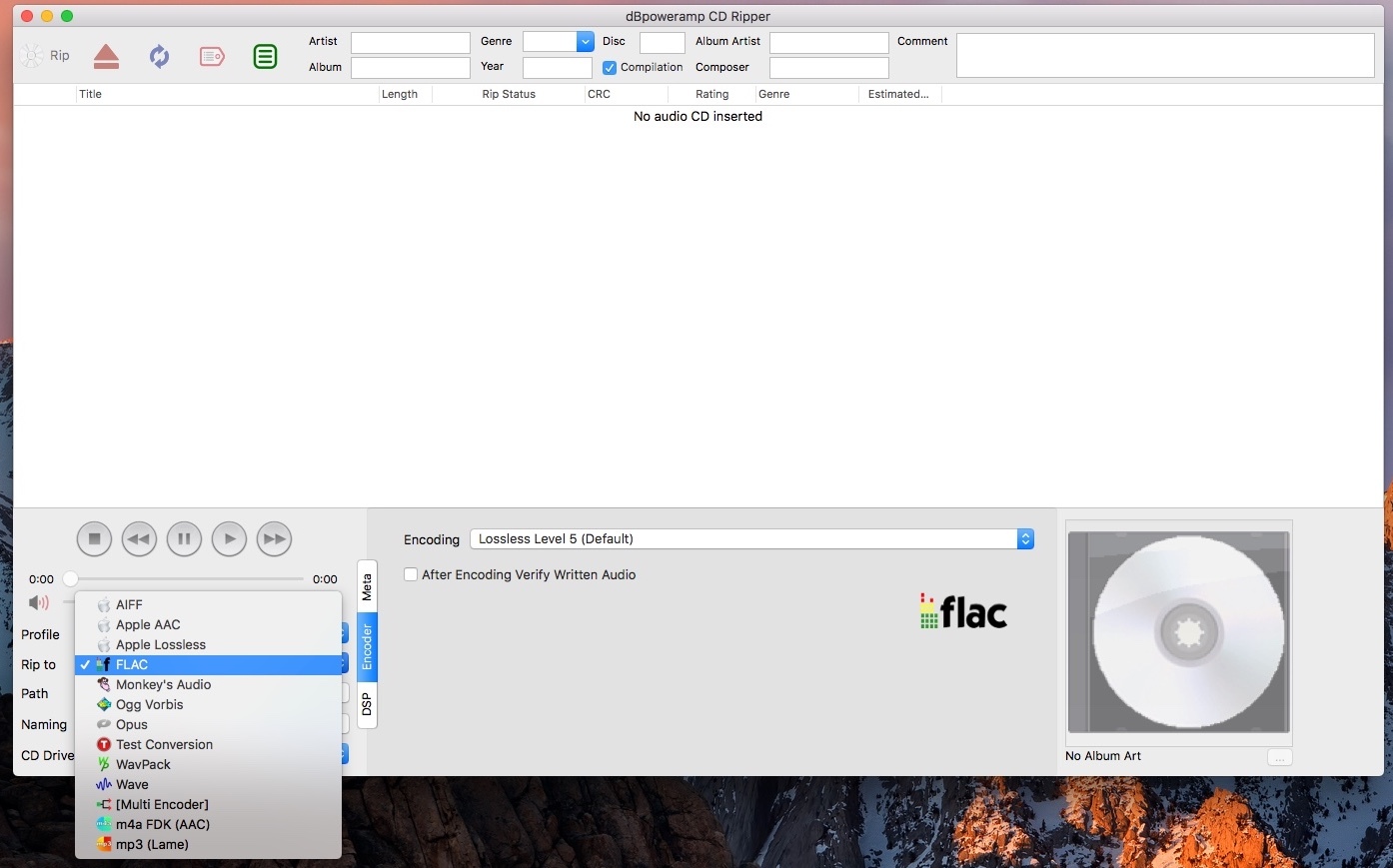


This was very much not the case in the early 70s when CDs were designed. You have a skewed perspective of growing up with ubiquitous computing and cheap ICs. > That just goes to show the lack of design foresight.

Here's a typical error rate curve for a moderately large (255b) code. By setting your rate R to a reasonable level above your drive error rates, you can get almost no errors (as few as you like) within those bounds (and fail above). In an absolute way, indeed it's impossible to guarantee almost no errors (although you can guarantee almost no undetected errors) - simply because your CD might be ruined in a way (which I guess isn't all too unlikely). spread the information so it will resist a scratch. Real media like CDs usually have 'burst errors' like scratches that give a whole bunch of successive bit errors however, there's an interleaving process to "spread" the errors across blocks, i.e. If errors were evenly distributed (independent and identically distributed bit flips), it's generally very easy and well known how to obtain dead sure error correction, and the bandwidth you get is known as the channel capacity (C) of the medium (usually in bits/bit or bits/symbol) - a "good code" operating at a rate R < C (under or equal to capacity) will give you this property good codes, depending on the error rates, require moderately large block sizes (usually from 8b to 1-2kb in practice). CRC32) will pretty much give dead-sure accuracy (non-adversarial, you can hash e.g. In fact, a simple checksum with a good number of bits (e.g.

With coding dead-sure correct isn't usually much different in capacity - you usually don't need to sacrifice bandwidth completely to get reliability. The error correction etc is still hidden from you, but as long as your entire disc is just data, there's an easy, obvious thing to dump: the bytes of that block device. So it's a problem to dump because there's many options for which layer to dump, and it depends on the drive which layer you can get to, and whether you can get it without error correction already applied.įor data discs (or more accurately, the data portion of a disc, because some discs have other types of content on them too), the drive essentially functions as a standard random-access block device, just like a hard drive or floppy disk. There's also the fact that audio CD drives aren't designed for truly random access (jumping to different tracks is approximate IIRC). The problem is that there's several layers of encoding and encapsulation, each with their own type of error correction and bits of extra information, and the system was designed to hide all the layers from the end user in its normal mode of operation, the final output of the CD drive is audio (digital or analogue), not the contents of an “audio file” or anything like that.


 0 kommentar(er)
0 kommentar(er)
